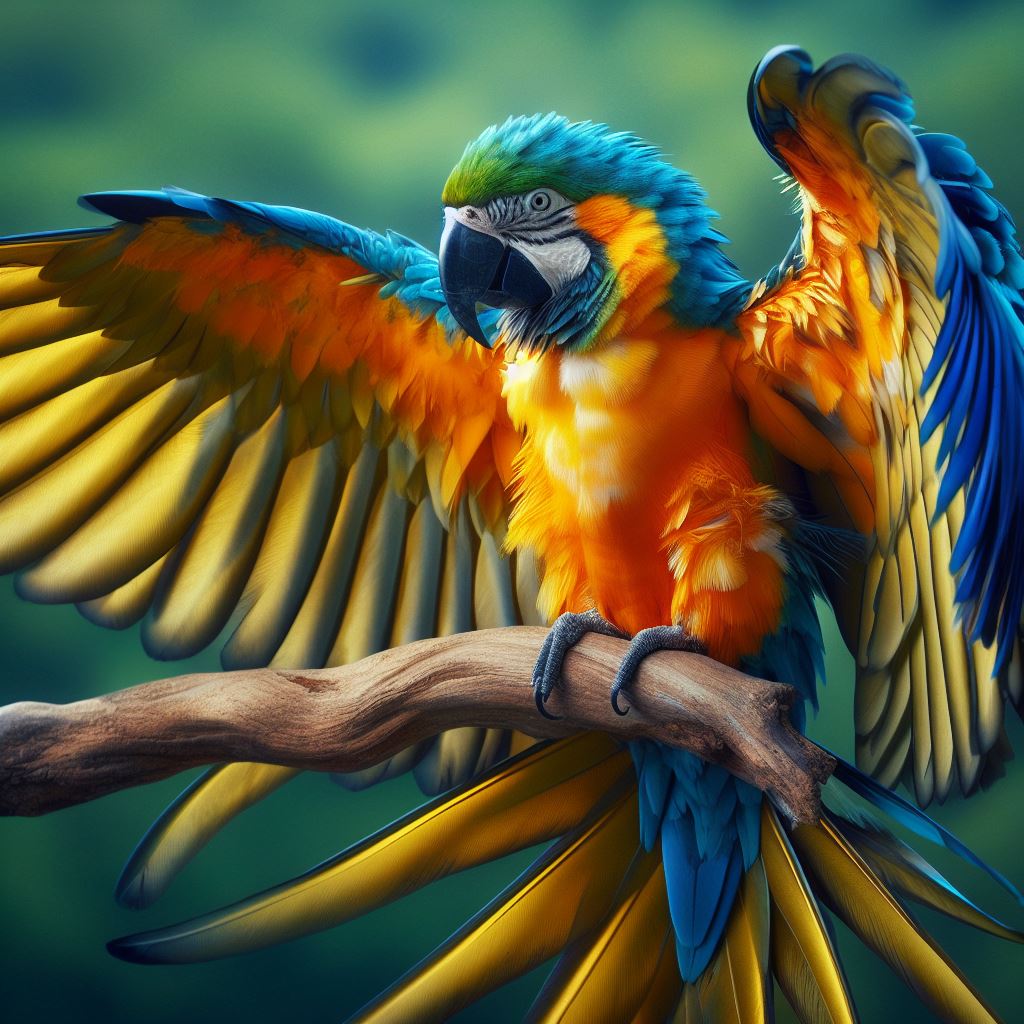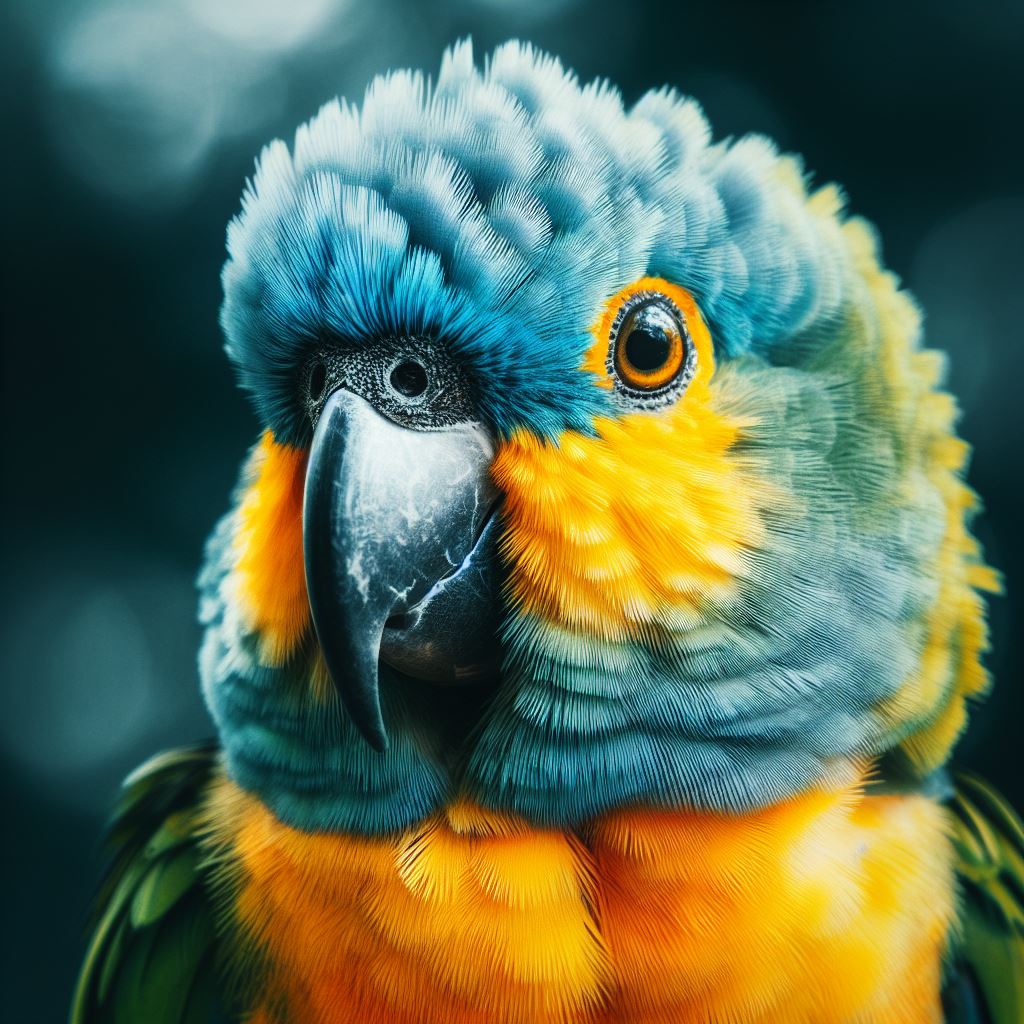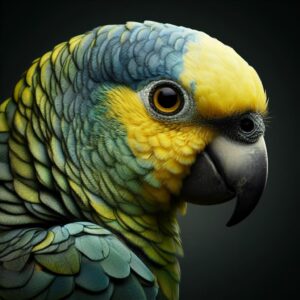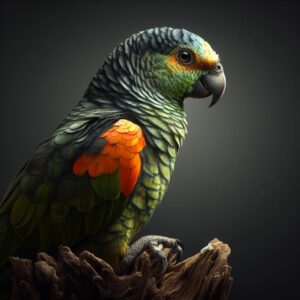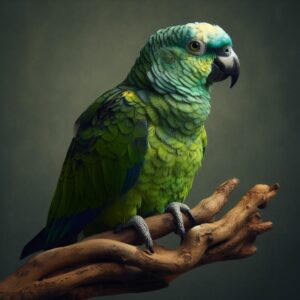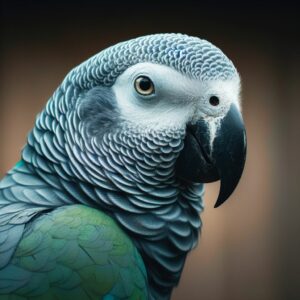In the intricate tapestry of exotic pets, macaws stand out like vibrant jewels. The allure of these magnificent creatures goes beyond their stunning appearance; it’s rooted in their unique traits that make them the epitome of exotic companionship. As we journey into the captivating world of macaws, prepare to be enchanted by their charm, intelligence, and the magical bond they can create with their human counterparts.
Understanding Macaws
Origins and Species
The Geographical Range of Macaws: Where They Are Found Macaws, indigenous to the lush rainforests of Central and South America, adorn the skies with their vivid plumage. From the Amazon Basin to the Andean foothills, these avian wonders find their sanctuary in the heart of nature’s splendor.
Diverse Macaw Species: From Scarlet to Hyacinth Nature has painted macaws in a palette of hues. Scarlet macaws boast fiery reds, while Hyacinth macaws flaunt deep cobalt blues. Each species, from the miniature Hahn’s macaw to the majestic Hyacinth, tells a story of evolution’s artistry.
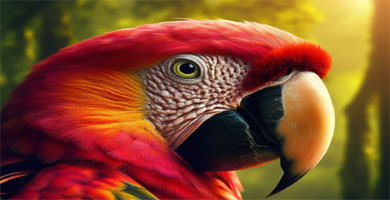
Scarlet Macaw (Ara macao)
- Appearance: Scarlet macaws are known for their brilliant red plumage with blue and yellow markings on their wings and tail.
- Habitat: Found in the rainforests of Central and South America, ranging from Mexico to Brazil.
- Distinct Features: Large size, strong beak, and a long, vibrant tail.
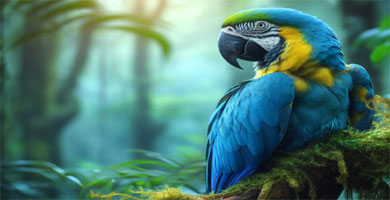
Blue and Gold Macaw (Ara ararauna)
- Appearance: Bright blue upperparts, golden-yellow underparts, and a green forehead. They also have a white face with black feather lines.
- Habitat: Native to South America, especially in parts of Brazil, Paraguay, and Bolivia.
- Distinct Features: Known for their friendly and sociable nature, making them popular pets.
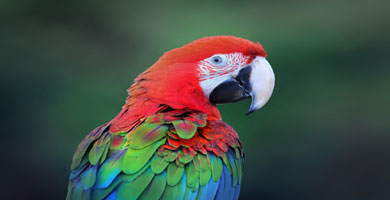
Green-winged Macaw (Ara chloropterus)
- Appearance: Mostly red plumage with green wings and a blue tail. They have red lines around their eyes and a partially feathered face.
- Habitat: Found in forests and woodlands of South America, including parts of Brazil and Paraguay.
- Distinct Features: One of the largest macaw species, known for their strong beak and playful behavior.
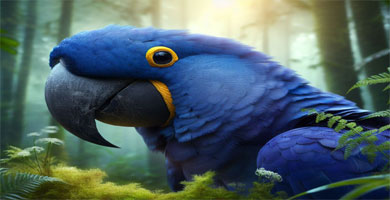
Hyacinth Macaw (Anodorhynchus hyacinthinus)
- Appearance: Deep royal blue plumage with yellow skin around their eyes and beak. They have a large, solid black beak.
- Habitat: Indigenous to central and eastern South America, particularly in Brazil, Bolivia, and Paraguay.
- Distinct Features: The largest of all parrots, characterized by their striking blue
Physical Characteristics
Brilliant Plumage: Exploring the Colorful Feathers of Macaws Macaws, bedecked in iridescent feathers, are nature’s living canvases. Their plumage, a blend of blues, greens, reds, and yellows, mirrors the vivid hues of tropical blooms. This vivid coat is not merely ornamental; it’s a testament to their species’ elegance and resilience.
Strong Beaks and Feet: Adaptations for Survival and Interaction A macaw’s beak, a powerful tool designed for cracking nuts and seeds, conceals a gentle side. With it, they explore their surroundings and express affection. Their dexterous feet, equipped with zygodactyl arrangement, enable them to grasp, climb, and manipulate objects, showcasing their intelligence and adaptability.
Macaws as Companion Animals
Social Behavior
Flocking Nature: Understanding Macaw Communities in the Wild In the wild, macaws thrive in social circles called flocks. Their complex social structures involve communication through calls and displays. Flocking nurtures their emotional well-being, emphasizing the importance of companionship in their lives.
Macaws as Social Pets: Building Bonds with Humans and Other Birds Macaws, inherently social beings, form deep bonds with their human caregivers. Their ability to connect emotionally transcends species, making them not just pets, but cherished family members. Moreover, their social intelligence allows them to interact harmoniously with other pets, fostering a sense of camaraderie in households.
Intelligence and Training
Cognitive Abilities: Macaws’ Problem-Solving Skills Macaws possess remarkable problem-solving skills, showcasing their cognitive prowess. Their ability to decipher complex puzzles and learn new tasks speaks volumes about their intelligence. Engaging their minds with stimulating activities is essential for their mental well-being.
Training Macaws: The Art of Positive Reinforcement and Socialization Training macaws involve patience, consistency, and positive reinforcement. Through socialization, these perceptive birds grasp human nuances, learning to communicate and respond effectively. This training not only ensures their safety but also strengthens the bond between the macaw and its human family.
Caring for Macaws
Habitat and Cage Requirements
Spacious Aviaries: Creating a Suitable Environment for Macaws Macaws thrive in spacious aviaries that mimic their natural habitats. Providing ample room for flight, exploration, and mental stimulation is crucial. Aviaries should incorporate natural perches, climbing opportunities, and shelter, ensuring a haven where macaws can express their natural behaviors.
Cage Setup: Perches, Toys, and Enrichment Activities A well-appointed cage is essential for a macaw’s physical and mental health. Sturdy wooden perches aid in foot health, while a variety of toys and puzzles prevent boredom. Enrichment activities, such as foraging challenges and interactive games, engage their intellect, fostering a contented and active lifestyle.
Dietary Needs
Nutritional Requirements: A Balanced Diet for Macaws Macaws, with their high energy levels, requires a diverse and balanced diet. A foundation of high-quality pellets ensures essential nutrients, complemented by fresh fruits, vegetables, nuts, and seeds. Providing a nutritionally varied diet supports their overall health, promoting vibrant plumage and vitality.
Feeding Tips: Fresh Foods, Nuts, and Seeds Freshness is key to a macaw’s diet. Offering a medley of fresh fruits like apples, bananas, and berries, along with vegetables such as carrots and leafy greens, caters to their nutritional needs. Nuts like almonds and walnuts, in moderation, provide healthy fats. A mix of seeds offers mental stimulation and a sense of foraging, enriching their mealtime experience.
Healthcare
Regular Veterinary Check-ups: Ensuring Macaw Wellness Regular check-ups with avian veterinarians are indispensable to a macaw’s well-being. Routine examinations detect potential health issues early, allowing timely intervention. Vaccinations, parasite prevention, and beak and nail trims contribute to their overall health and longevity.
Common Health Issues: Recognizing Signs and Seeking Prompt Treatment Awareness of common health issues, such as respiratory problems and psittacosis, empowers caregivers to recognize signs of distress. Prompt veterinary attention, coupled with a healthy diet and a stress-free environment, forms the foundation of preventive healthcare, ensuring macaws lead fulfilling lives.
Macaw Magic: Building a Lifelong Bond
Understanding Macaw Vocalizations
Mimicry and Communication: Decoding Macaw Sounds Macaws, natural mimics, communicate through an array of vocalizations. From joyful squawks to gentle murmurs, each sound conveys their emotions and intentions. Understanding these vocal cues fosters a deeper connection, allowing caregivers to respond empathetically.
Responding to Vocal Cues: Strengthening the Human-Macaw Bond Responding to macaw vocalizations with affectionate words and actions strengthens the bond between humans and their avian companions. This mutual understanding forms the basis of trust, creating an environment where macaws feel secure, valued, and truly at home.
Emotional Enrichment
Playtime and Interaction: Keeping Macaws Stimulated Play is not just entertainment for macaws; it’s a form of mental and physical exercise. Interactive toys, puzzles, and games engage their curious minds, providing both entertainment and enrichment. Regular interaction with caregivers further enriches their lives, reinforcing their sense of belonging.
Addressing Boredom: DIY Toys and Games for Macaws DIY toys, crafted from safe materials, add a personalized touch to a macaw’s environment. Creating foraging puzzles or introducing new textures and shapes in toys stimulates their creativity and curiosity. These enriching experiences prevent boredom, ensuring their days are filled with engaging activities.
Conservation and Ethical Considerations
Threats to Macaw Populations
Habitat Loss: Impact on Macaw Habitats in the Wild The alarming rate of deforestation threatens the natural habitats of macaws. Loss of
natural habitats not only endangers the macaw populations but also disrupts entire ecosystems. Addressing this critical issue requires global efforts in conservation and sustainable practices to preserve the rich biodiversity of these regions.
Illegal Wildlife Trade: The Plight of Captive Macaws The illegal wildlife trade further exacerbates the challenges faced by macaws. Smuggled for their beauty and rarity, macaws endure unimaginable stress and cruelty during capture and transportation. Efforts to combat this trade include stringent laws, international cooperation, and raising awareness about the ethical implications of buying exotic pets.
Ethical Pet Ownership
Adopt, Don’t Shop: Rescuing Macaws and Giving Them a Second Chance Adopting a macaw from a rescue organization provides a home for birds in need. Many of these birds have faced hardship and neglect, and offering them a loving environment not only saves lives but also promotes the ethical treatment of animals. Adopting rather than purchasing discourages the illegal trade and supports responsible pet ownership.
Responsible Breeding Practices: Ensuring the Well-being of Macaw Offspring Ethical breeders play a crucial role in preserving the genetic diversity and health of macaw species. Responsible breeding emphasizes the well-being of both parent birds and their offspring. Reputable breeders prioritize the birds’ health, socialization, and proper care, ensuring that the young macaws are raised in a nurturing environment.
Conclusion
In the magical realm of exotic pets, macaws emerge as enchanting ambassadors of nature’s splendor. Their vibrant plumage, intelligent minds, and affectionate nature make them not just pets but cherished companions. As we unravel the layers of their fascinating world, it becomes evident that welcoming a macaw into your life brings a touch of wilderness, a dash of color, and a whole lot of magic. So, for those seeking a feathered friend who embodies both beauty and brilliance, the macaw stands tall as the ideal exotic pet. Embrace the enchantment, and let the magic of macaws transform your world, one colorful feather at a time. 🌿🦜

